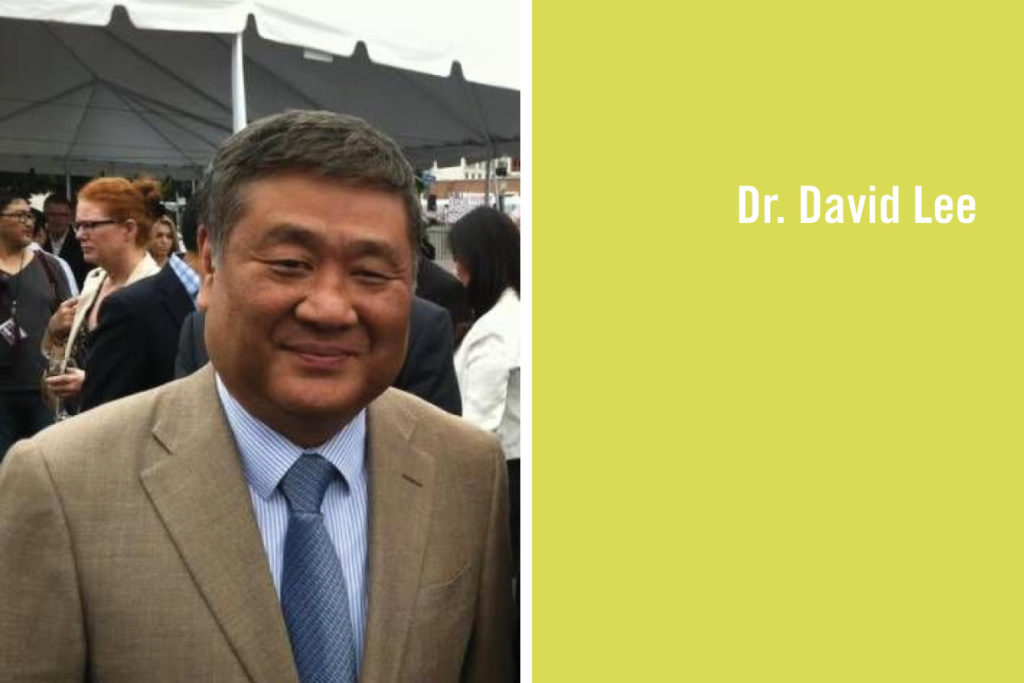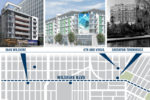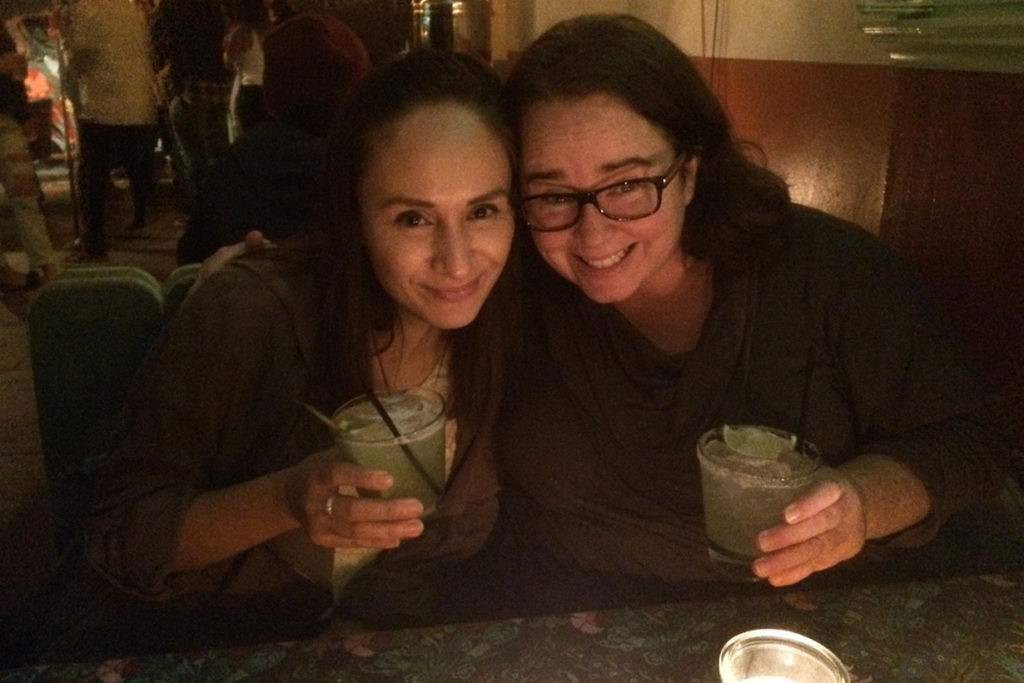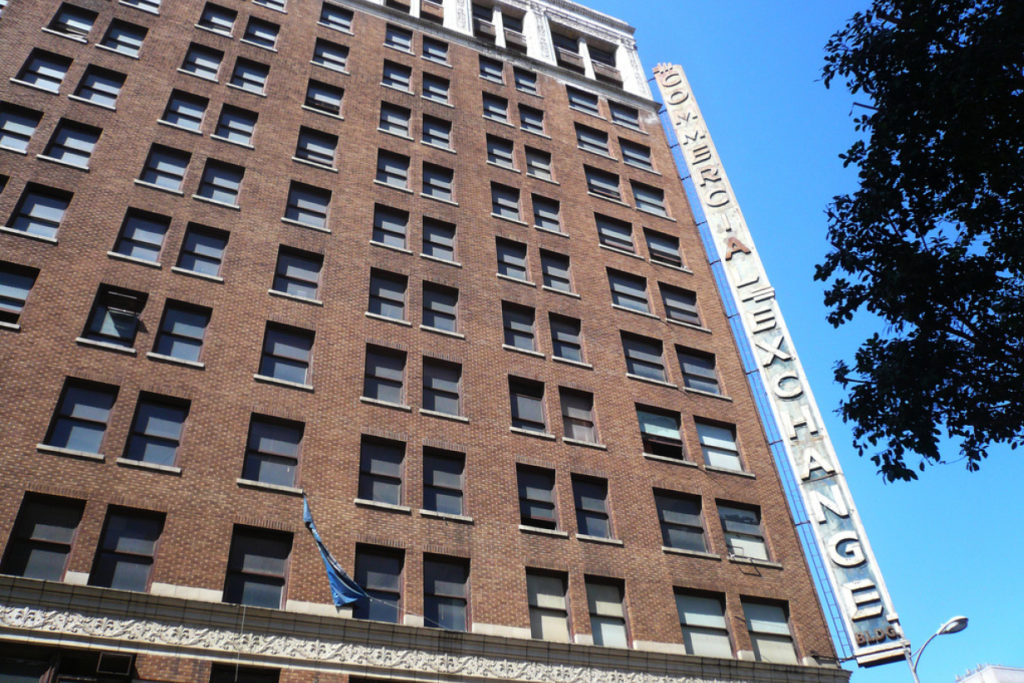As the downtown renaissance has expanded down Wilshire Boulevard to Koreatown, Dr. David Lee has seen promise in the development of residential property in this very dense neighborhood of Los Angeles. Wade sat down with Dr. Lee to better understand the community and his projects within Koreatown.
Why are you bullish on Koreatown?
Koreatown is located in the middle of Los Angeles near mass transit hubs including the Red Line and new Purple Line. The surrounding areas are also very active and growing; there is a resurgence of activity in residential, retail, and office Downtown, the Westside is as strong as ever, Miracle Mile has huge growth in entertainment clients. Koreatown is the hub of all of these areas and begs new development as urbanization moves people from the suburbs closer to where they actually work. The population is looking to cut down their commuting time and carbon footprint and live somewhere with more infrastructure and amenities.
When did you first get interested?
I got interested about three years ago, mainly because of the aging infrastructure in Koreatown. There are many apartment buildings from the 1920s and not many new developments. There was a short burst of condo development around 2005 to 2008, which died out with the recession. I became interested in building a new generation of residential buildings in the area to fit the new lifestyle demands, which require more compact units that are amenity and convenience oriented.
How supportive is the community for development? Is Herb Wesson’s office helpful?
The community is very supportive and interested in bringing more population from outside of Koreatown. Growing the diversity here increases the resources, creativity and community support. The City of Los Angeles has always been very helpful, and Councilmember Wesson is a great supporter of the improvements we are trying to make in Koreatown.
What is different about Koreatown from other areas in which you work?
Koreatown is not only one of the most densely populated neighborhoods in the country, it is also one of the most diverse. It is a melting pot of all nationalities, ethnicities and religions, and that appeals to all different cultures.
Is there any unit type that is particularly well received?
Most people are conscious of overall living costs and seek efficiency, so they prefer smaller and micro size units while still placing a high priority on stellar amenities: high-end finishes, concierge services, in-unit washer/dryer, community areas, gym, free wifi, mass transit and walkability.
What are your favorite neighborhood restaurants?
Chosun Galbee and MaDang




